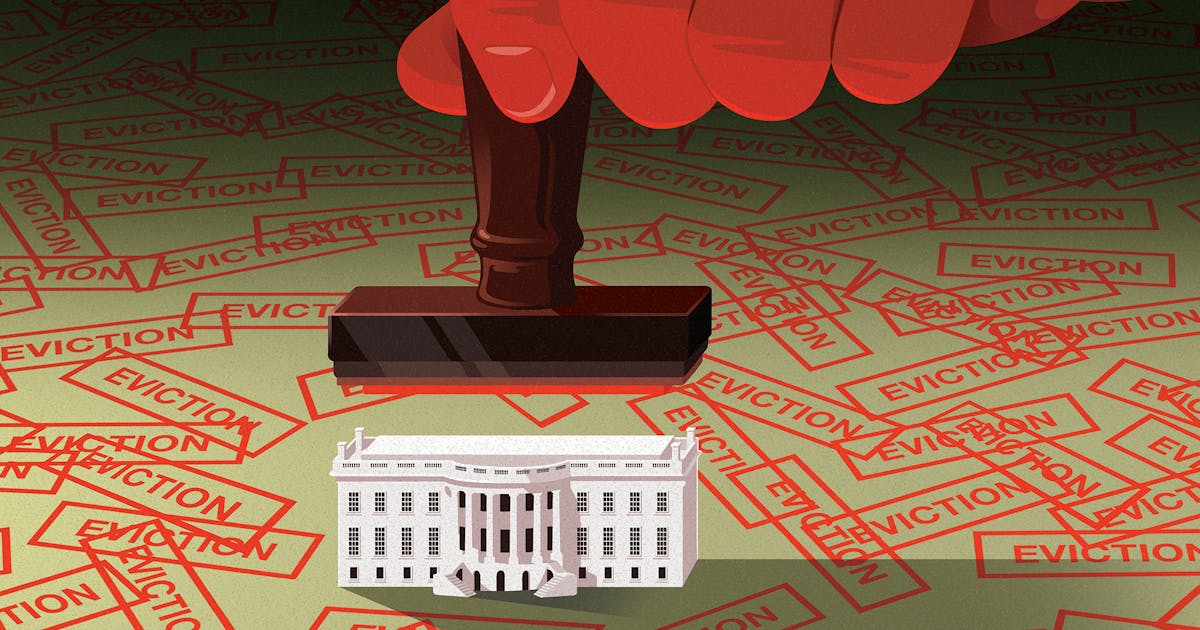
Of course, the power of the real estate lobby is, as Biden might quip, “not a joke.” The National Association of Realtors alone spent $134 million on lobbying in 2022 and 2023. Sparking their ire in an election year could create internecine conflict within a party home to both big landlords and precarious tenants and is likely the reason the administration has stayed relatively quiet about the LIHTC rent cap thus far. But avoiding that conflict could be worse. “People are hurting, and some of their deepest pain is around rent. People need relief that they can feel when they pay their monthly bills. In an election year, this matters a lot,” said Raghuveer. “For too long, the real estate lobby has dominated every aspect of policymaking, buying the outcomes that maximize their profits.”
By embracing rent control, the president can portray himself as someone fighting for America’s working class in yet another battle against corporate greed. Even starker economic contrast with Donald Trump, the country’s most famous landlord, wouldn’t hurt either. And he wouldn’t be the first president to take this action. FDR and Harry Truman oversaw national rent control for much of the 1940s. Even Richard Nixon, facing high inflation and an unpopular, brutal proxy war, once implemented broad price controls, including a brief national rent freeze through the Cost of Living Council, or CLC, a now-defunct body headed at the time by Donald Rumsfeld.
Even contemporary critics credited it as a popular maneuver that helped tame inflation. As a conservative appointee (and critic) of the CLC wrote, “[Nixon] had dramatically turned the nation’s pessimism into short-term optimism, which established an image of action,” and after Nixon’s 1972 reelection, his opponent, Senator George McGovern, even said these controls were a significant reason why Nixon was “unbeatable.”